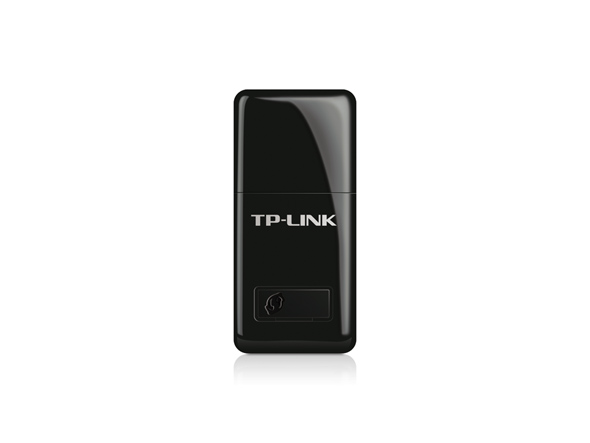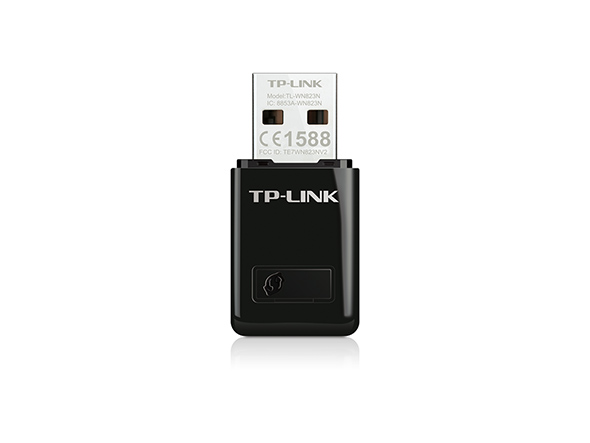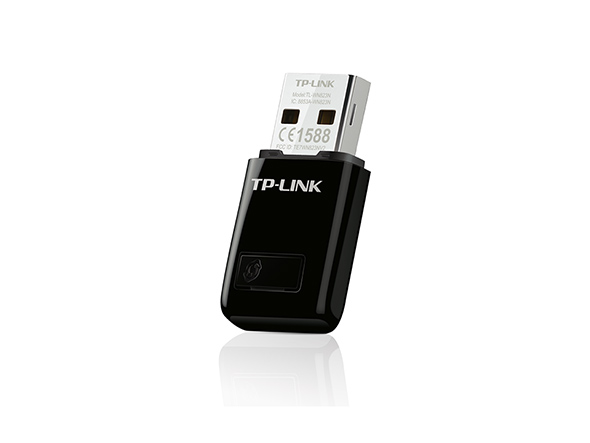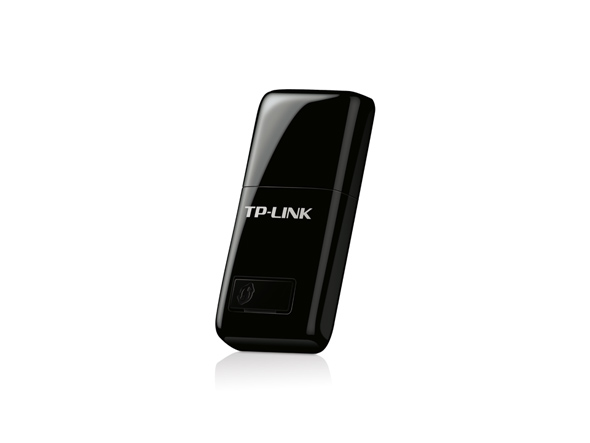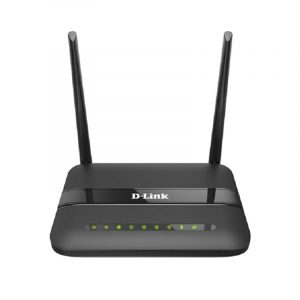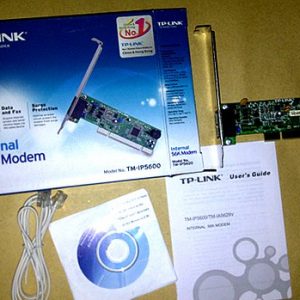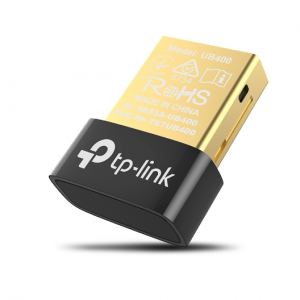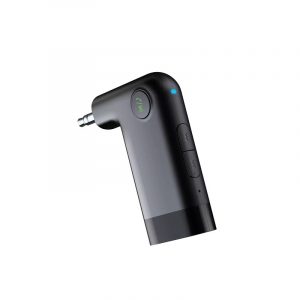Tp-Link 300Mbps Mini Wireless N USB Adapter
MVR380.00 inc. GST
- 300Mbps wireless speed ideal for smooth HD video, voice streaming and online gaming*
- Mini-sized design for convenient portability with a reliable high performance
- SoftAP Mode – Turn a wired internet connection to a PC or Laptop into a Wi-Fi hotspot
- Easily setup a secure wireless connection with one-touch WPS button
Description
What This Product Does
TP-LINK’s 300Mbps Mini Wireless N USB Adapter TL-WN823N is designed to connect your laptop or desktop to a wireless network and enjoy high speed wireless performance. The fingertip design makes the adapter convenient and easy to carry around. What’s more, the TL-WN823N features SoftAP Mode, one-button security setup, easy-to-use configuration software, making it a great choice for enjoying fast wireless network.
300Mbps Wireless N Speed – Extend Wireless Coverage
With wireless speeds of up to 300Mbps and advanced MIMO technology, the TL-WN823N provides you with a fast, reliable wireless connection for lag-free online gaming and video streaming. Better still, TL-WN823N achieves the best performance with wireless N devices, but also works seamlessly with existing IEEE 802.11b/g networks.
Easy to Install
A friendly user interface utility on a CD for simple installation**
Soft AP
Easily establish a high speeds Wi-Fi hotspot with just a few clicks
WPS
Easy wireless security encryption at a push of the WPS button
*Maximum wireless transmission rates are the physical rates derived from IEEE Standard 802.11 specifications. Range and coverage specifications are based upon test results under normal usage conditions. Actual wireless transmission rate and wireless coverage are not guaranteed, and will vary as a result of 1) environmental factors, including building materials, physical objects and obstacles, 2) network conditions, including local interference, volume and density of traffic, product location, network complexity, and network overhead and 3) client limitations, including rated performance, location, connection quality, and client condition.
